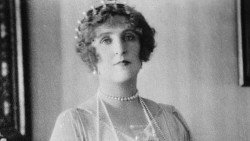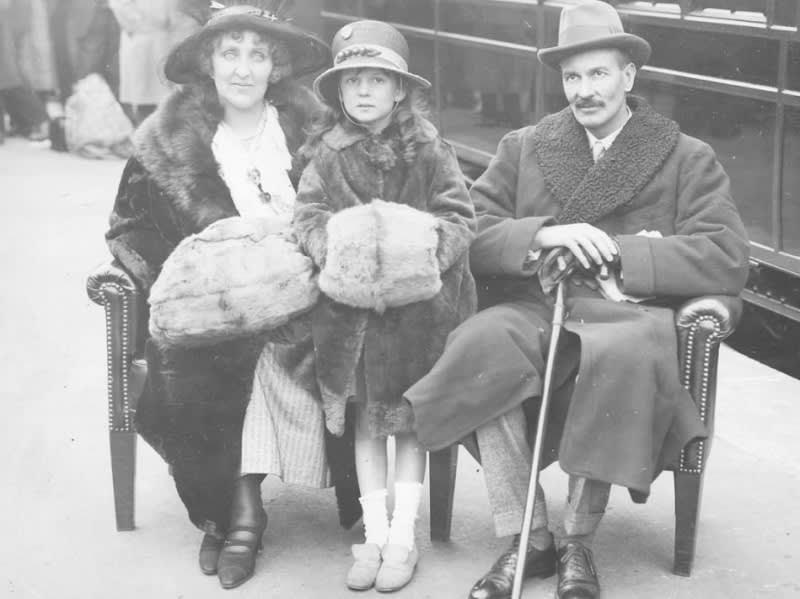The story of the hotel and Woodhall Spa itself begins with a happy accident in 1811. Developer John Parkinson had intended to create a coal mine, but the work was scuppered by underground springs. However, Parkinson’s loss was the village’s gain a little over twenty years later as Lord of the Manor Thomas Hotchkin realised the value of the mineral rich spring water below and invested in spa baths and accommodation. Visitors flocked to the healing waters and the pretty village at the foot of the Lincolnshire Wolds welcomed train loads of new guests.
Also drawn to Woodhall Spa was wealthy heiress Baroness Grace van Eckhardstein. Undergoing a painful divorce, she longed for a country retreat and it seemed her favourite wood (or “pet wood” as she called it) was the perfect spot. After her father had bequeathed her a sum of money in his will for the house she set about building her home in the peaceful plot of land in the woods.
The bungalow first proposed in 1905 didn’t meet her lavish tastes however, and the project quickly grew wings under architect Frank Peck. The extended house became a grand affair of “Tudor to Jacobean” style, complete with “elaborate oak features” such as the beautiful hand-carved staircase visitors admire to this day.
Grace married again in 1910, the house providing an ideal place for her new husband, politician Sir Archibald Weigall to entertain the great and the good of Victorian society. From aristocrats and MPs to music hall stars and sporting greats, all were entertained in style at Petwood. After a spell as a military convalescence hospital in WWI, in which the house had a number of wards and an operating theatre to treat recovering soldiers, the house was returned to private use at the end of the war. In 1933 it became a hotel and Lady Grace Weigall and her husband left Lincolnshire for their other home 'Englemere' in Ascot, Berkshire. Some of the original garden features from the Petwood still survive at Englemere to this day.
You can read more on the history of the Petwood in the official guide book by Edward Mayor. Available to purchase from our reception desk.

